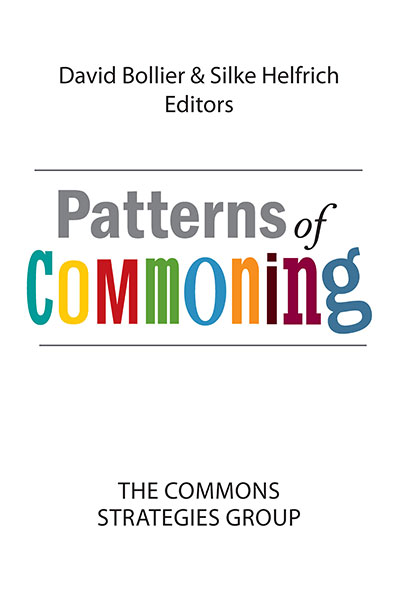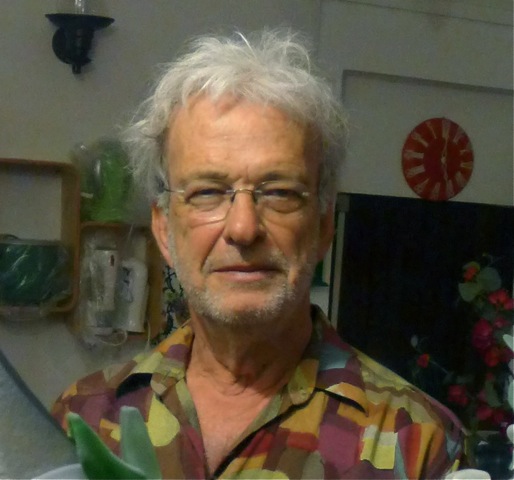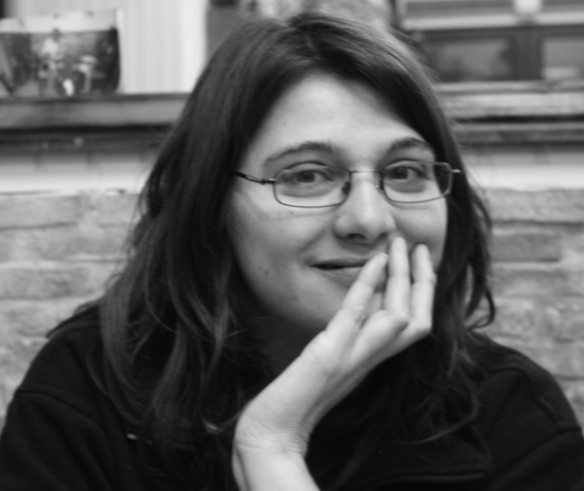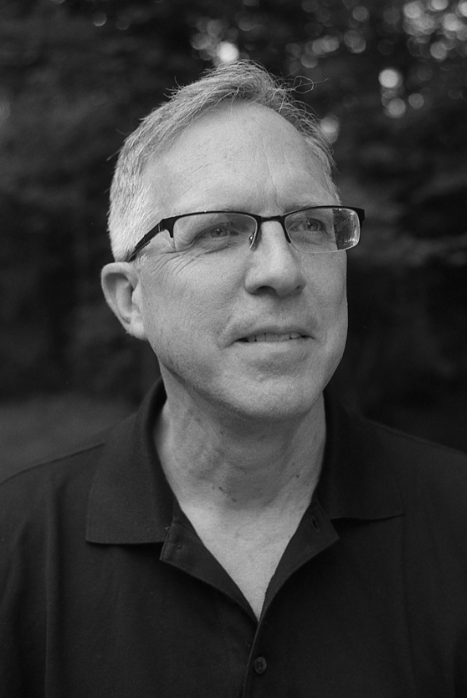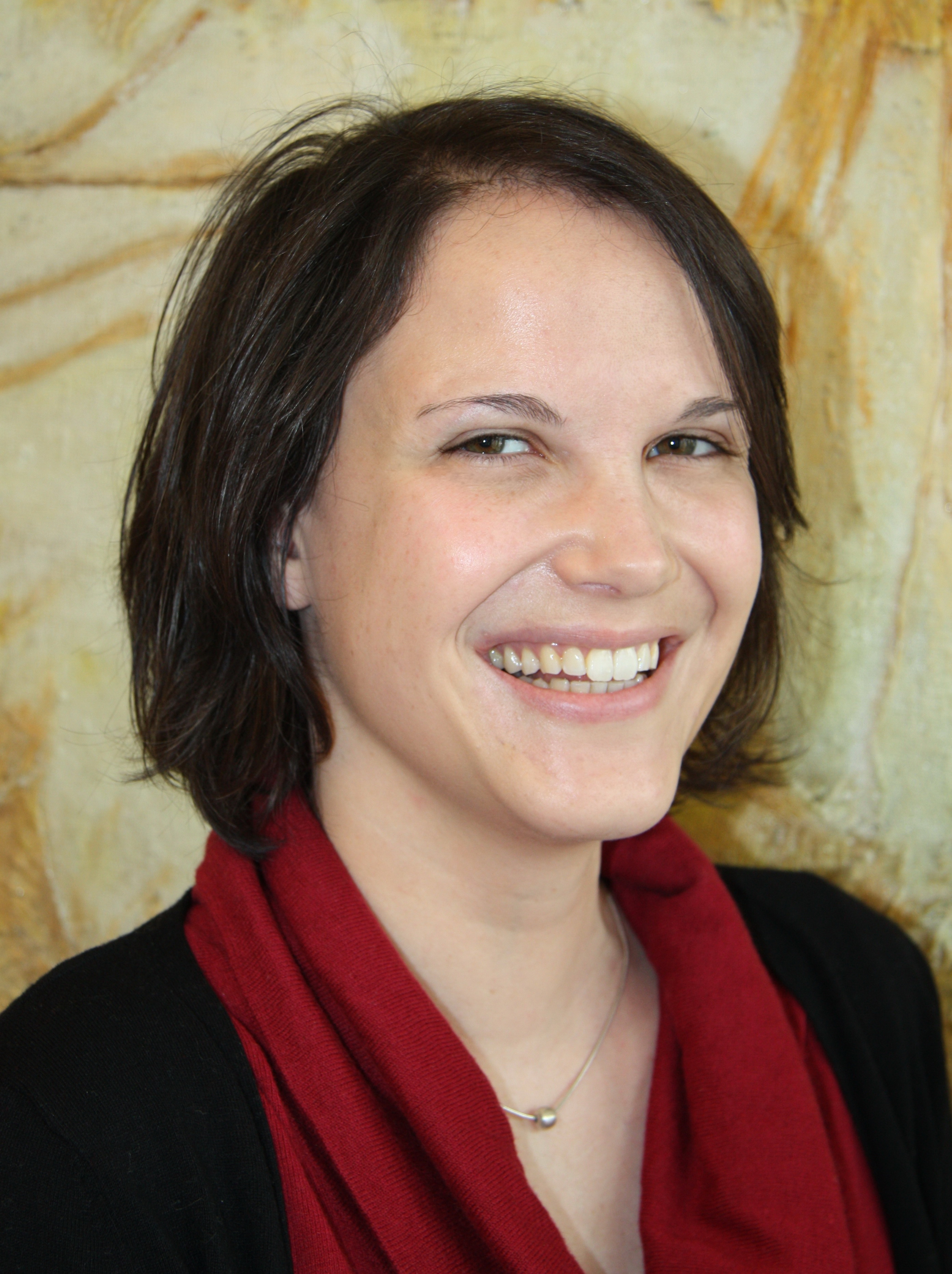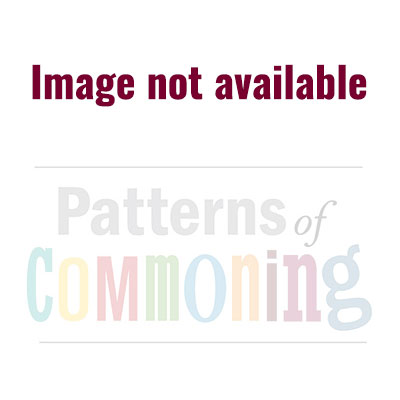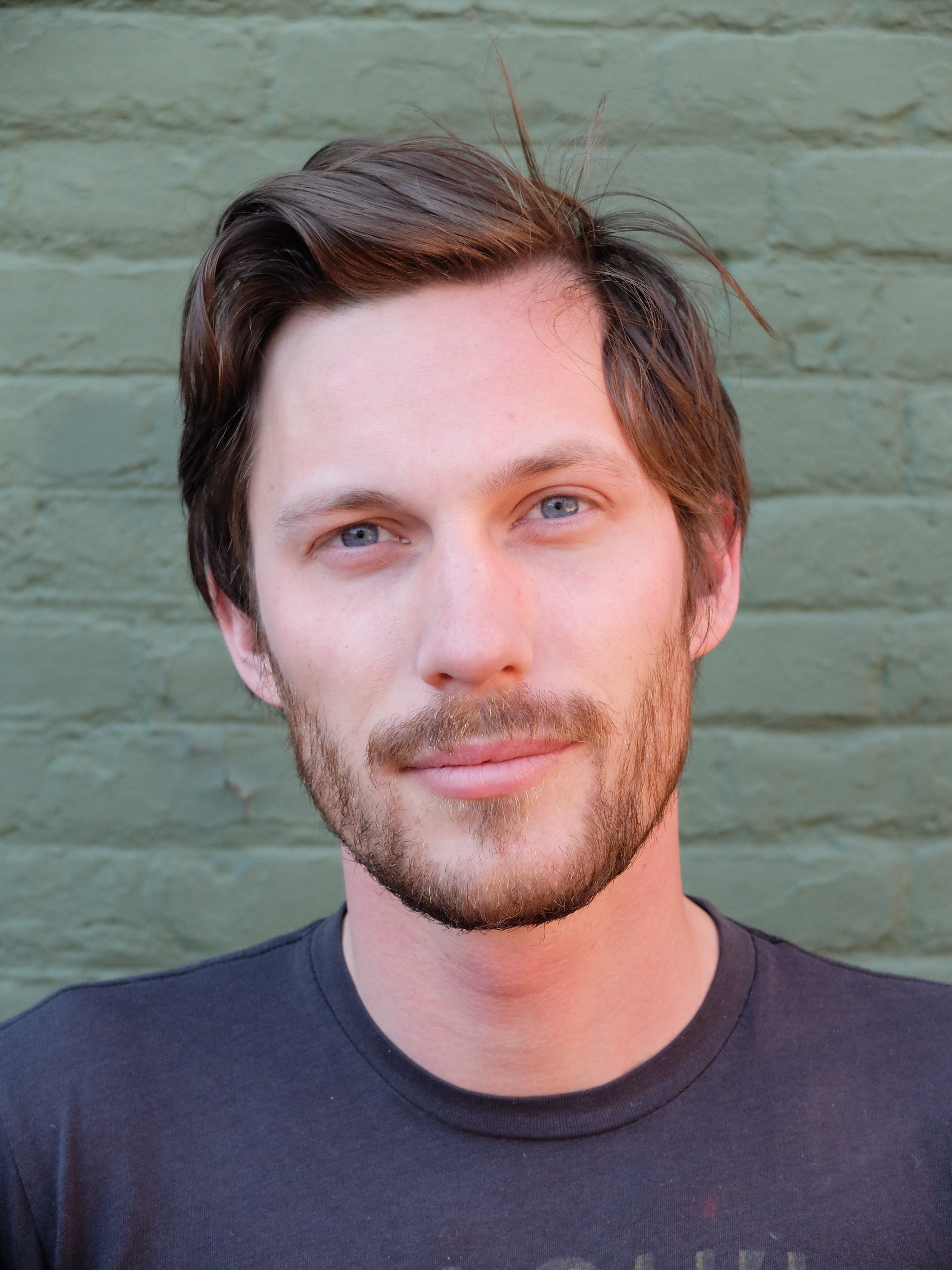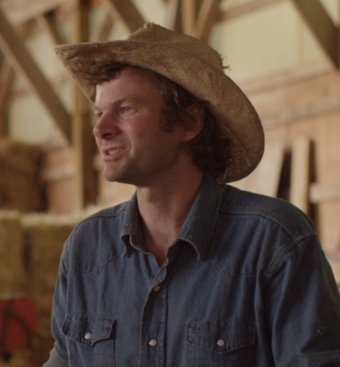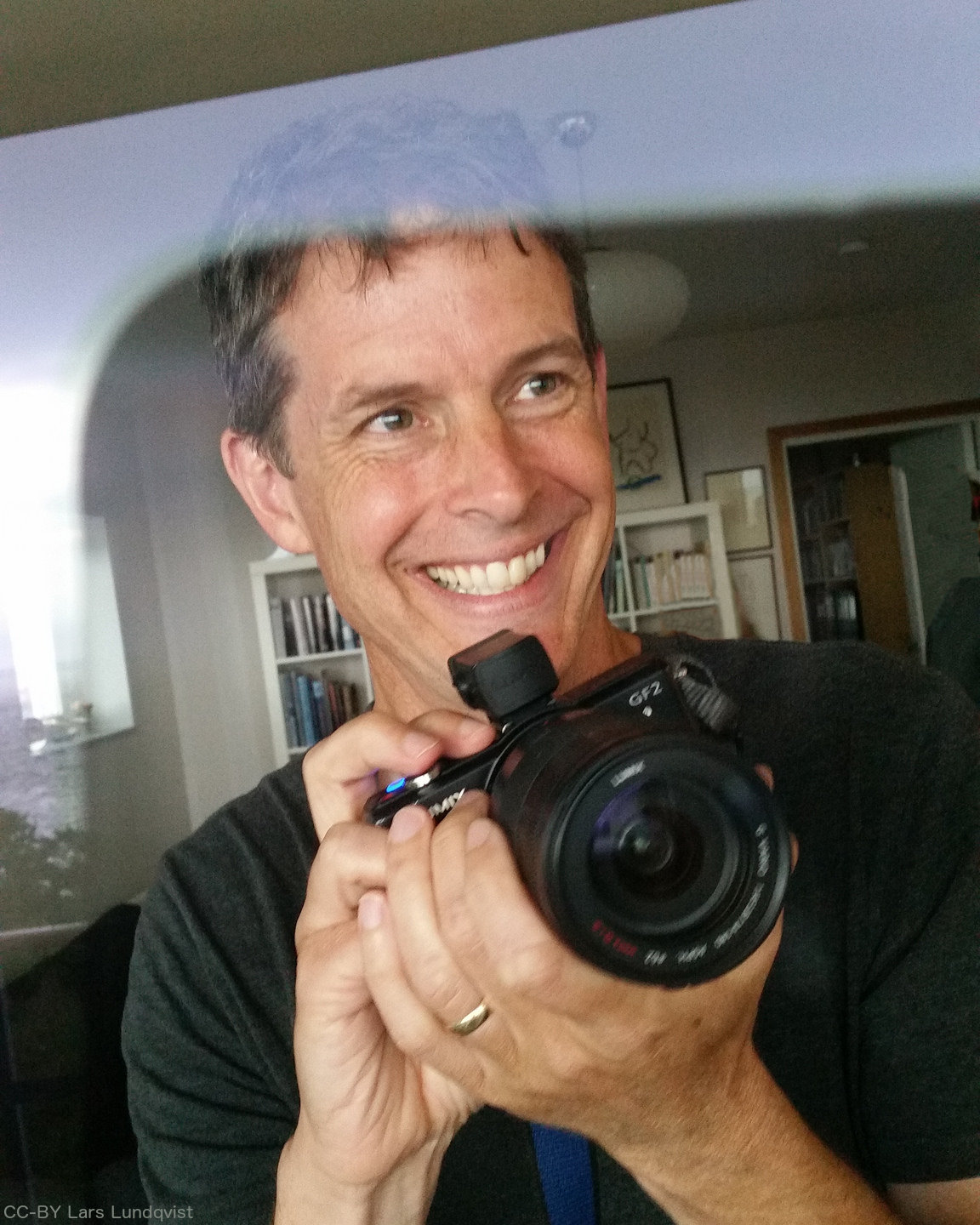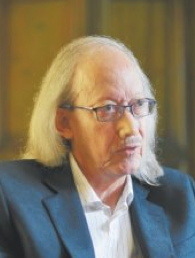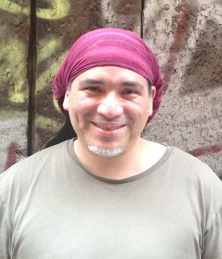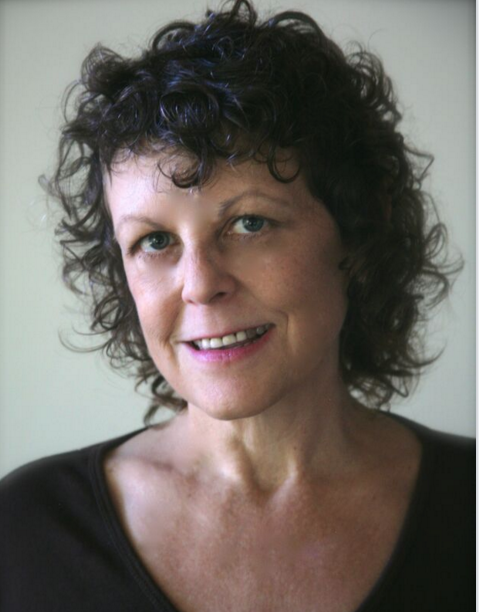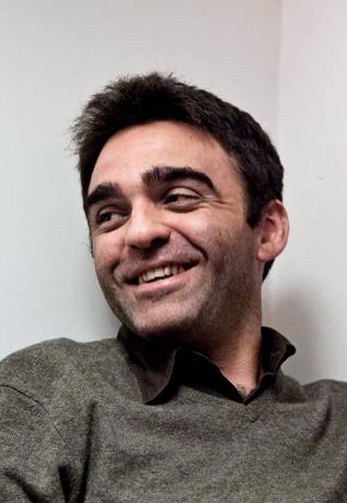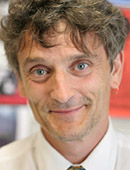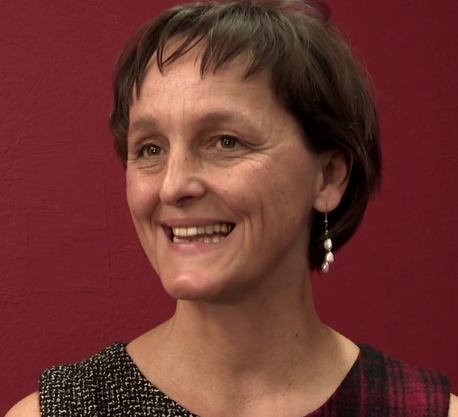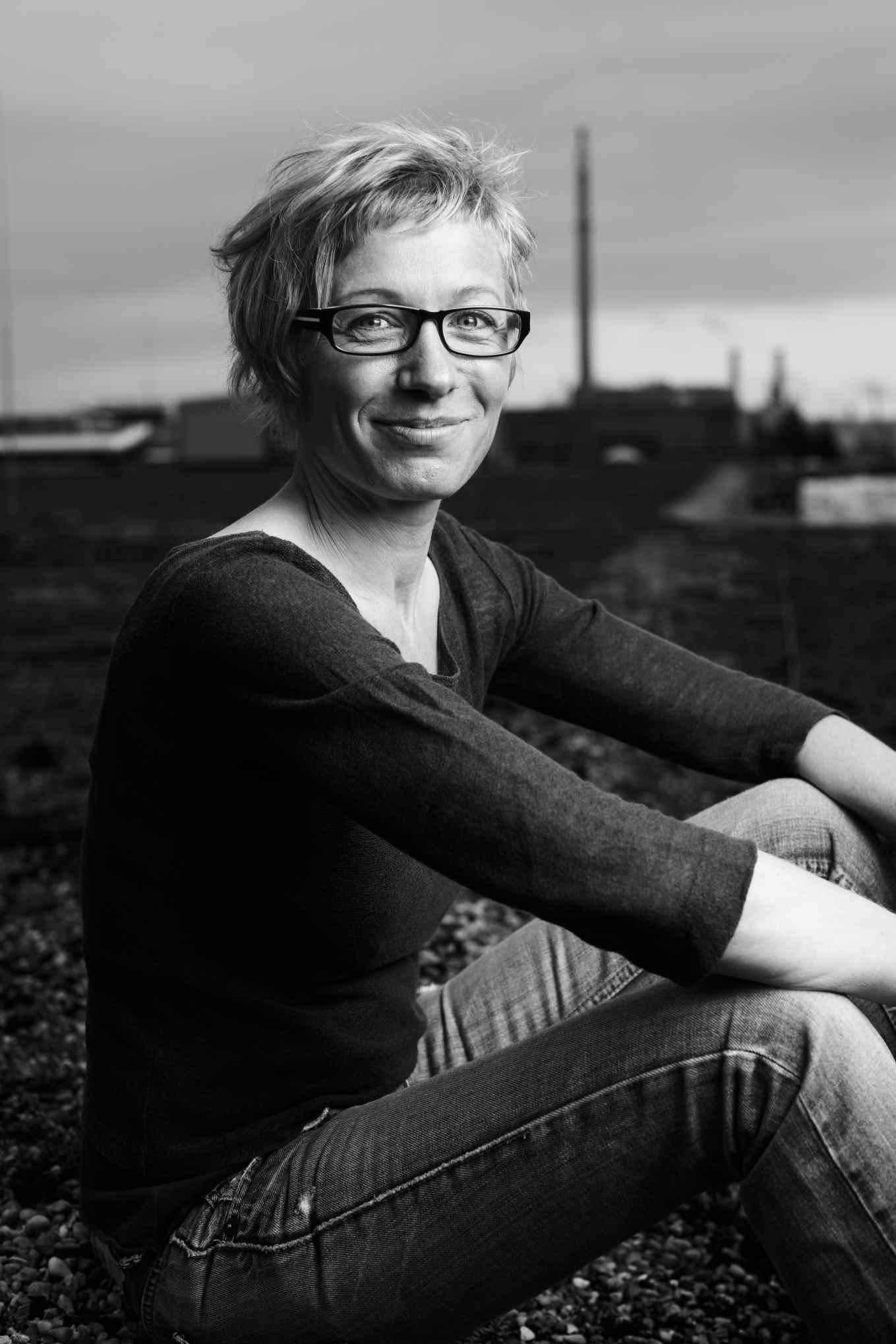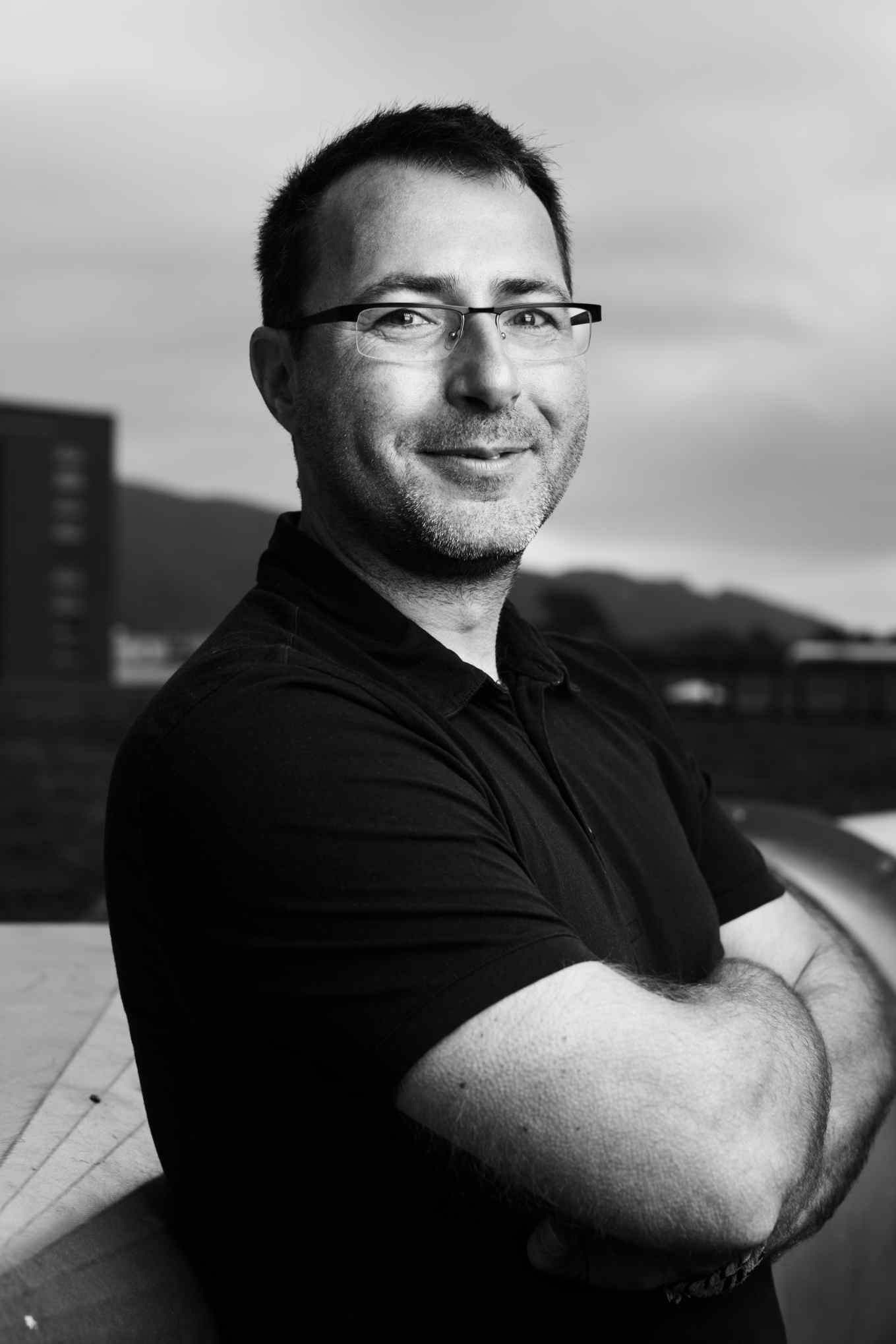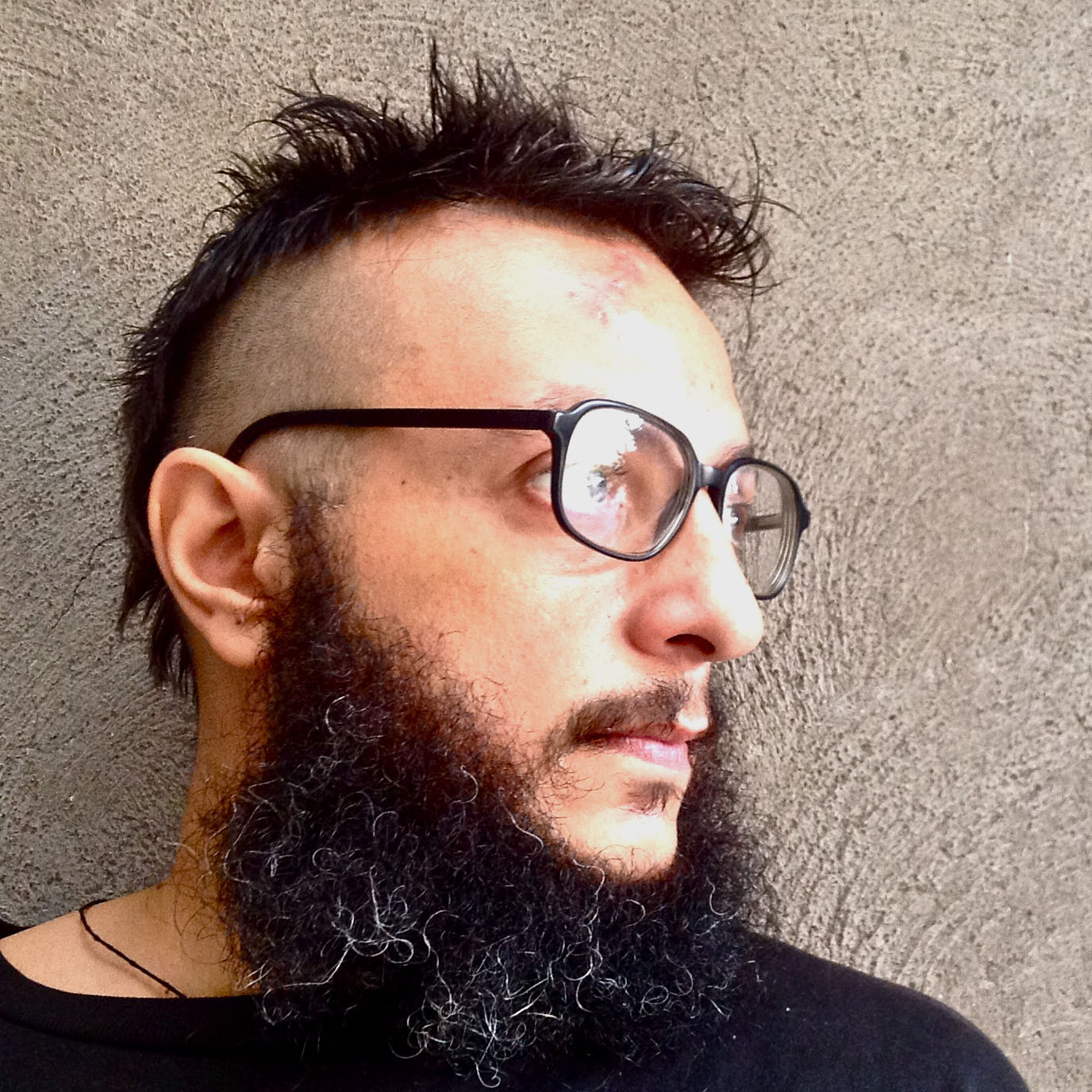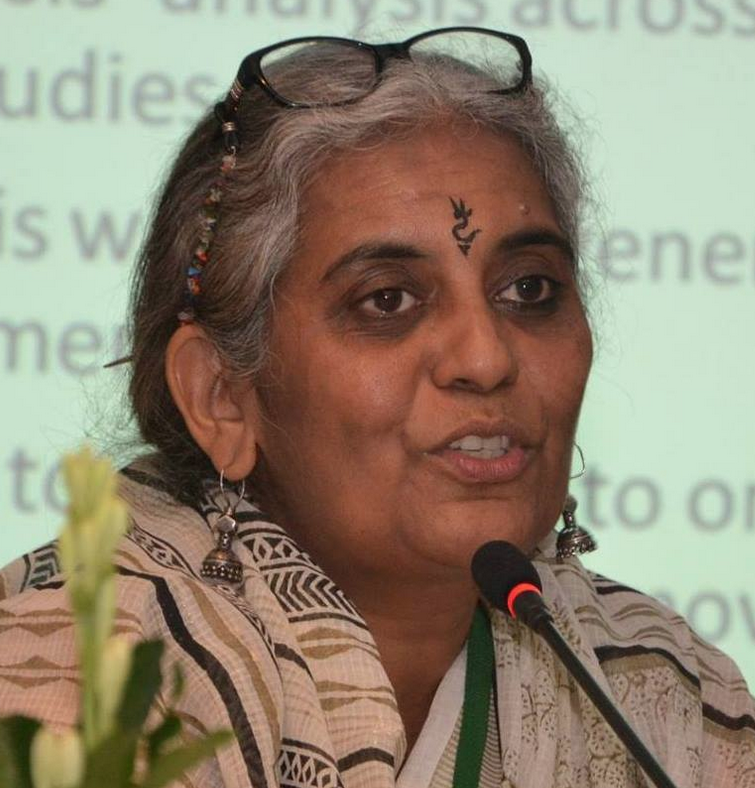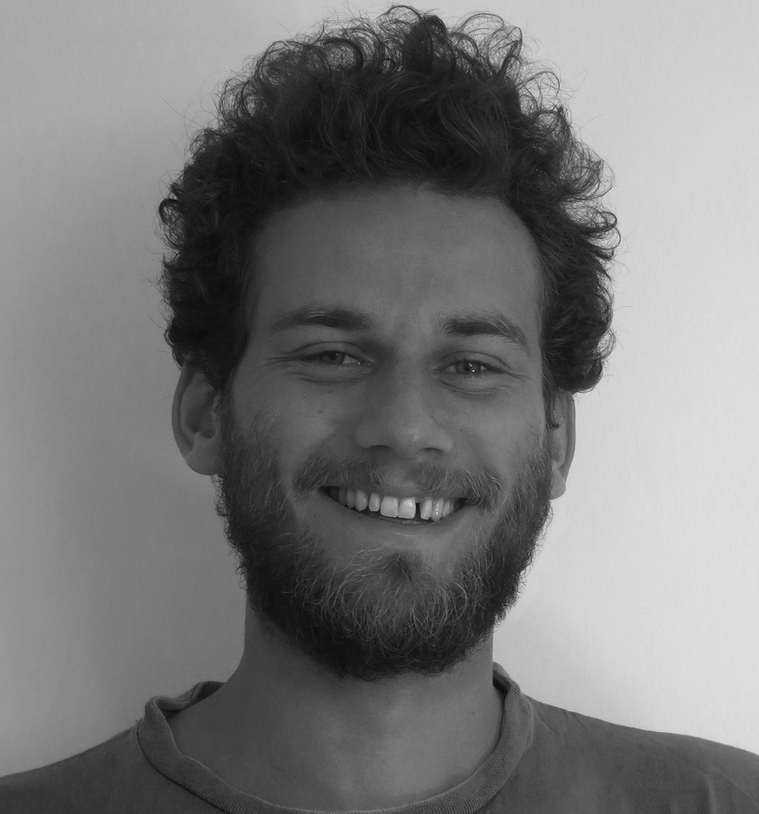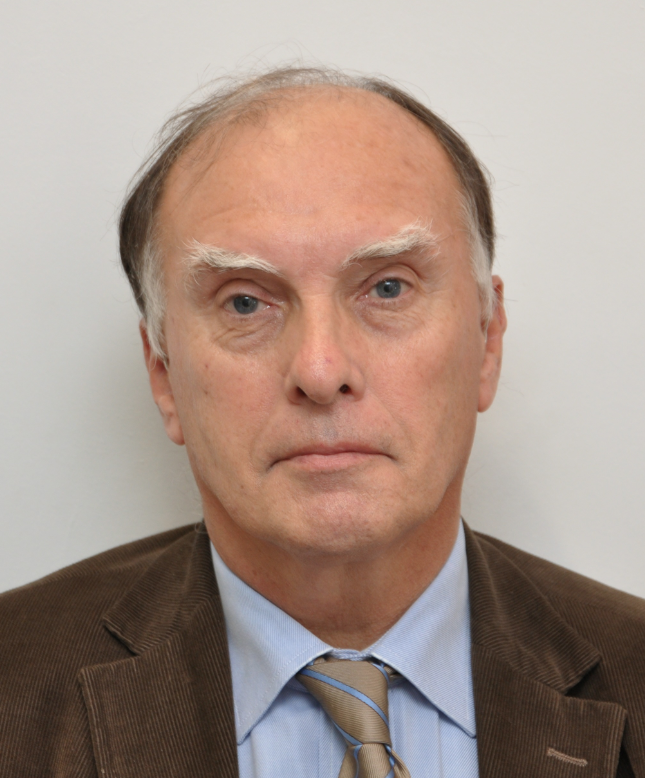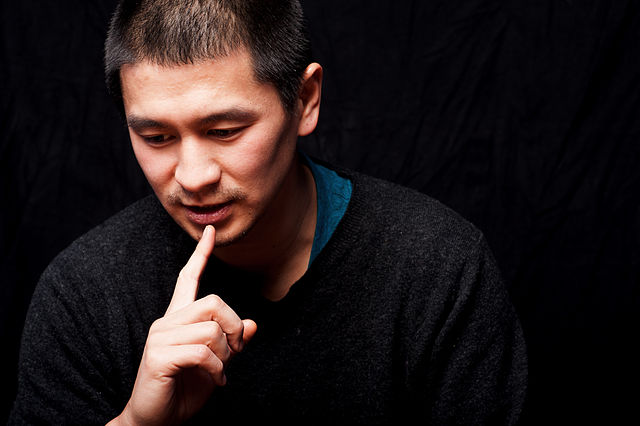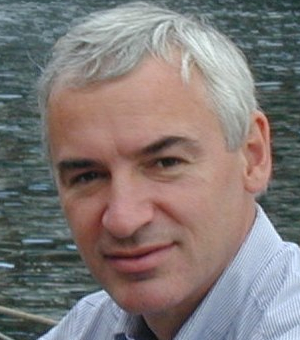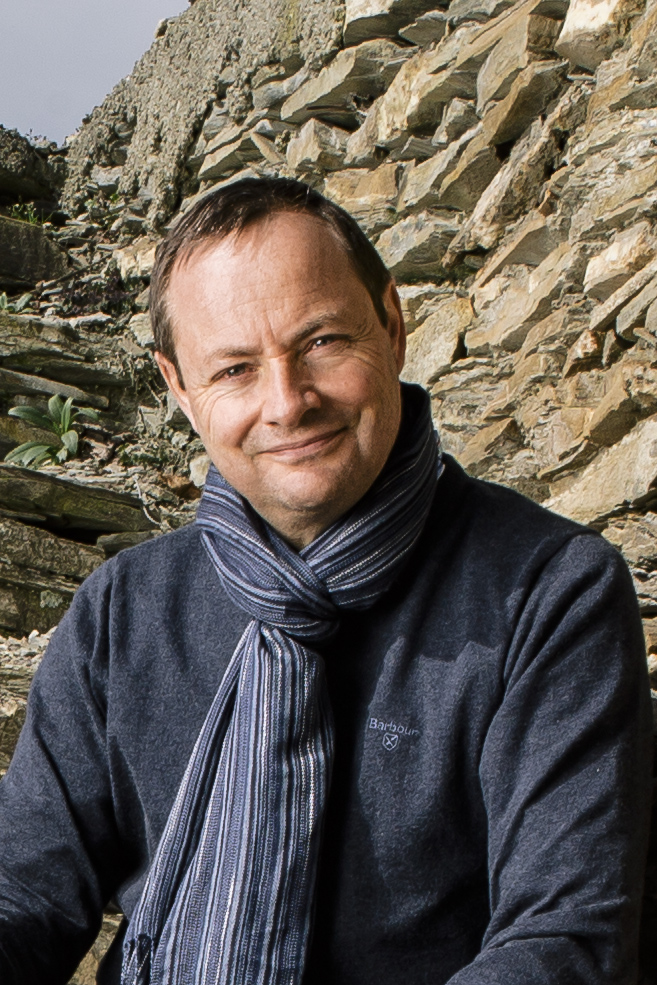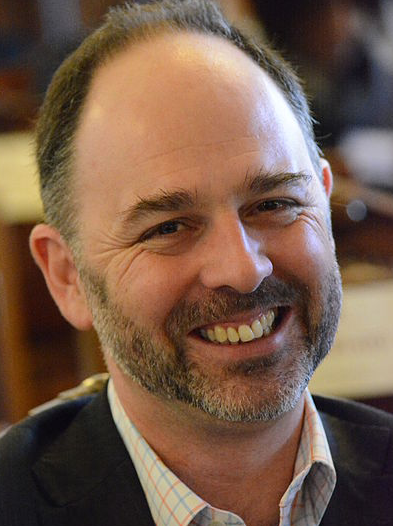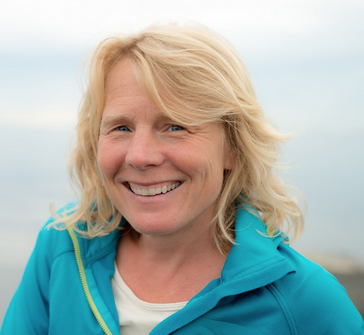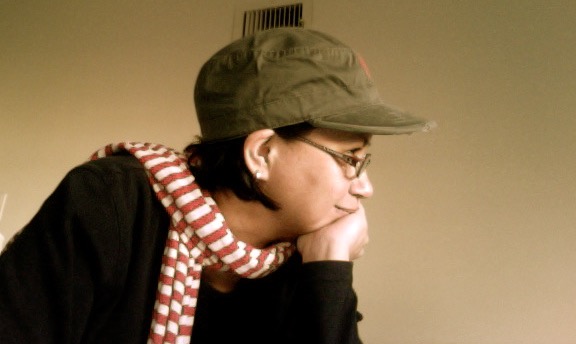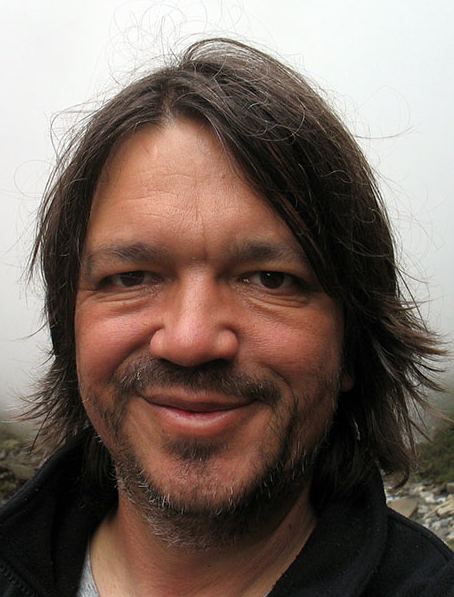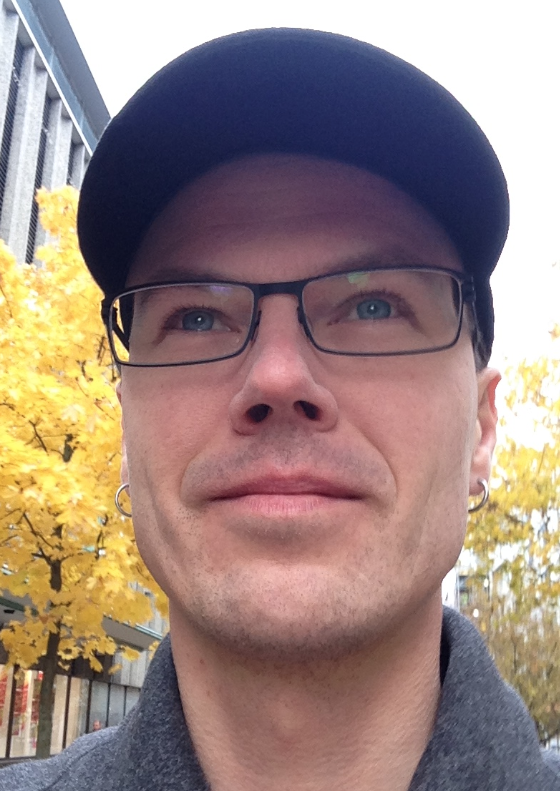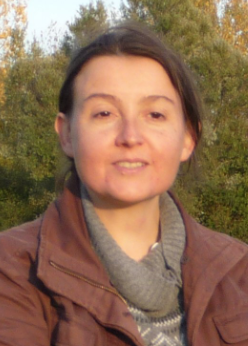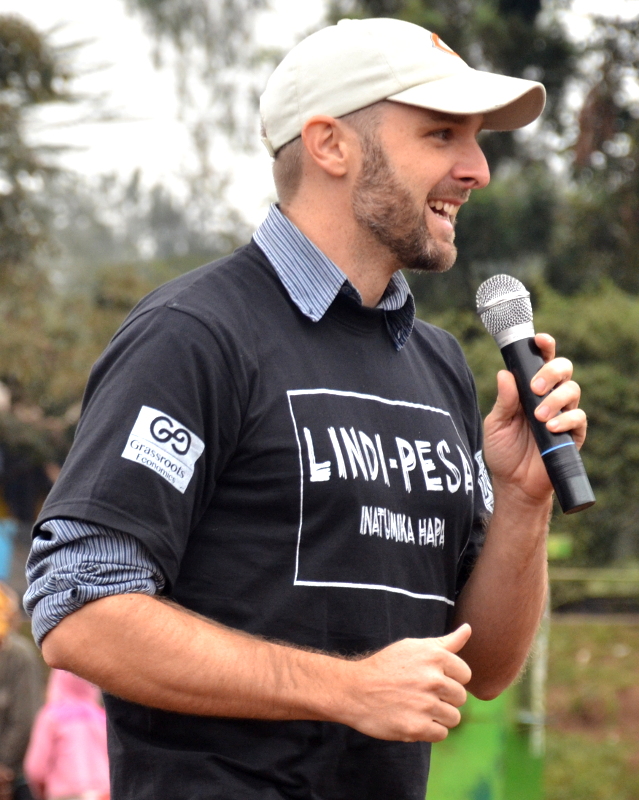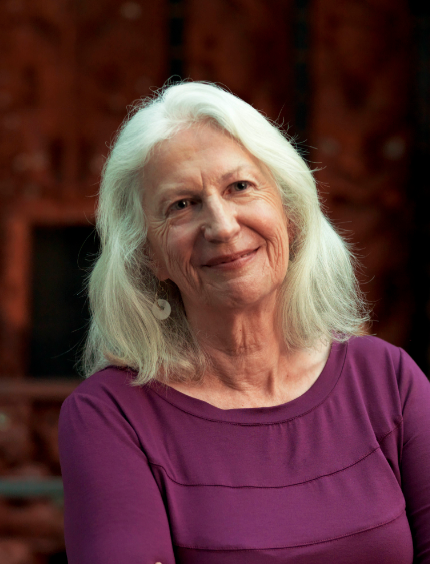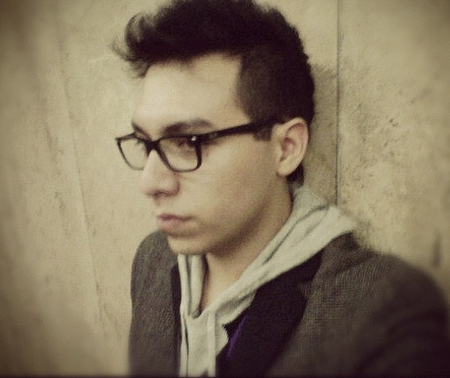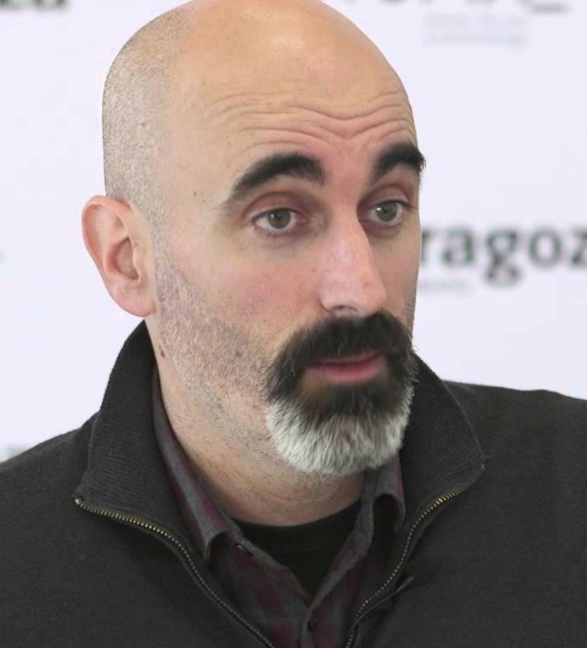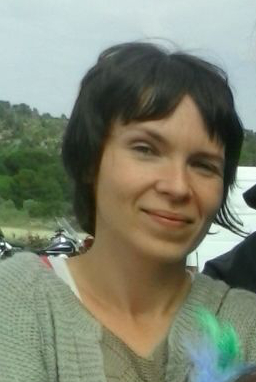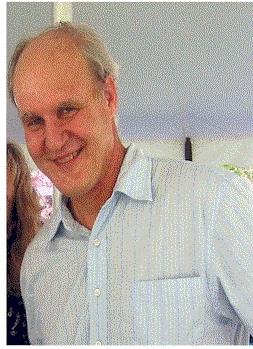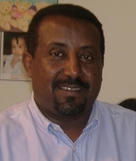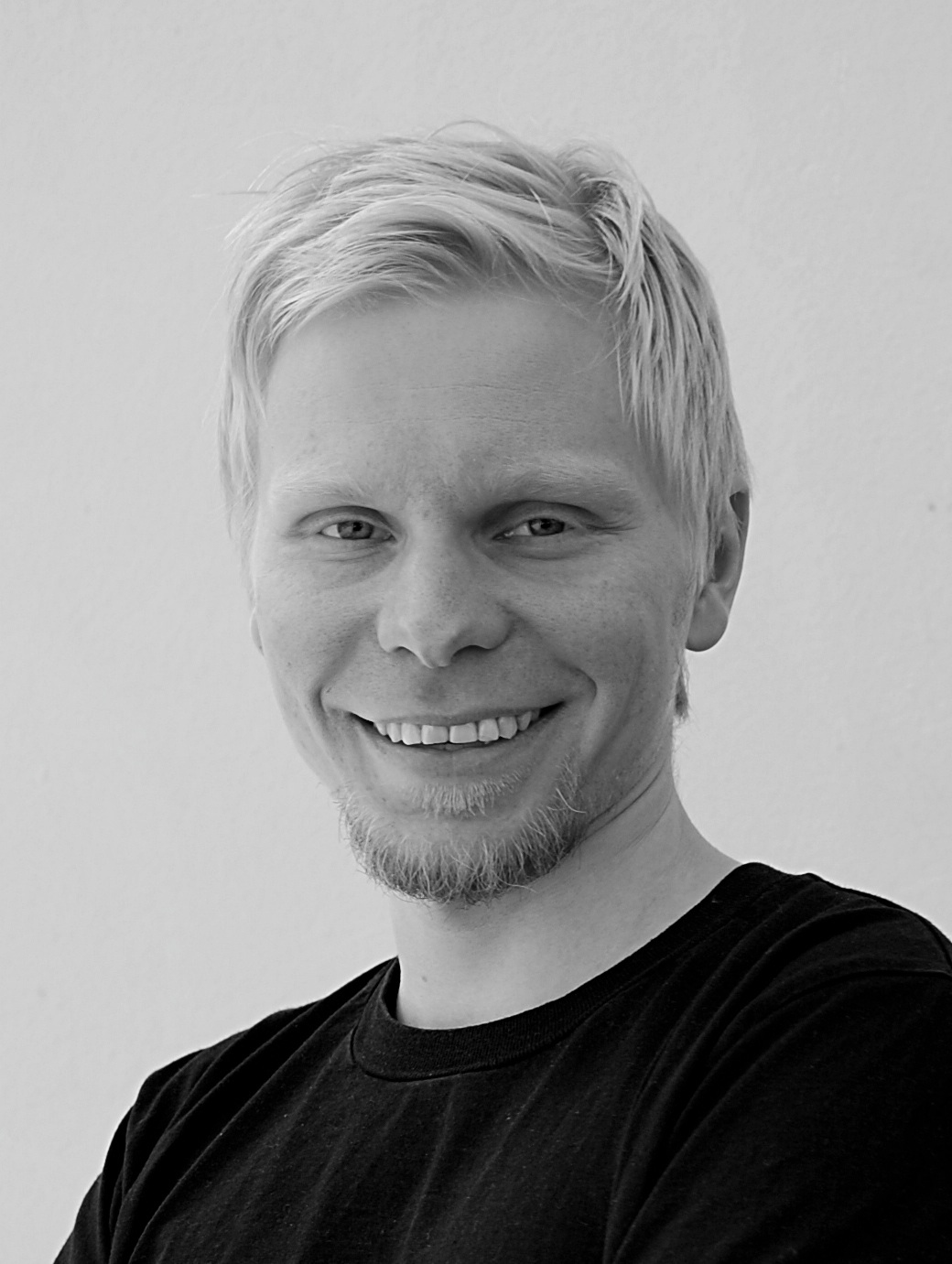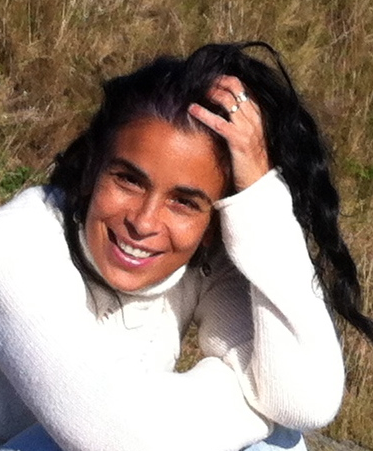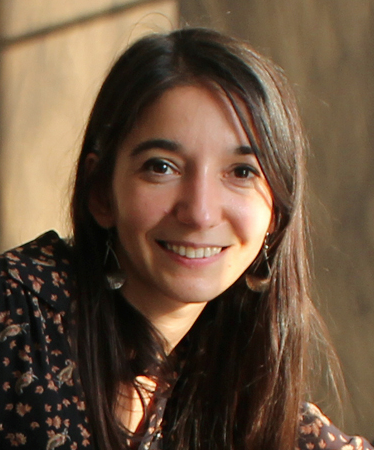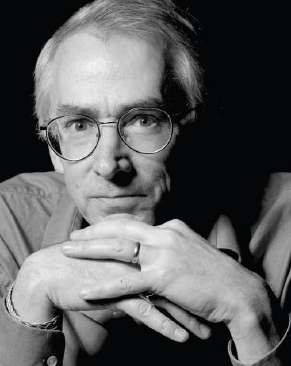Alain Ambrosi (Canada) is a designer and producer of intercultural projects, independent researcher, author, videographer and producer of the Remix The Commons Project.
Patterns of
COMMONING
Learning as an Open Road, Learning as a Commons
By Claudia Gómez-Portugal M.
A number of families in the small Mexican town of Tepoztlán have taken the initiative to create a space for free and independent learning that provides meaning. Some of the 14,000 people who live in the town’s seven neighborhoods are indigenous or immigrants, and in keeping with a longstanding Mexican tradition, some land is communal property. In addition, there are numerous initiatives for alternative economic activity – for example, the barter currency “Ollines,” the organic market, and TepozTequio, where people come together to work with and for each other.1
The TepozHub is an office jointly used by several people and initiatives, where the infrastructure is available to all who contribute. There is also the secondhand and barter online initiative and the community radio station Tepoztlán. Our family decided that all this offered a unique potential to create a special learning context for our children as well as for neighborhood youths and adults…and so we decided to contribute to the transformation from the bottom up and to focus on building an alternative to education with many others who shared our views.
It all began when we as a family had to choose a school for our children to attend. Making a wise choice became more and more intense as we realized that other parents were grappling with the same question. But to us, it became a decision of life beyond the school and even education. We felt it was more important to ask how we wanted our children grow up and learn. We thought about how we would spend the time that we devote to our children, and how we would have to change ourselves so that they could grow up free, being exactly who they are, and make decisions about their own lives.
All these questions made us want to reinvent learning as something deeply connected with the joy of life and something that requires care. They strengthened our desire to ensure that we could connect life and learning in our children’s lives, and also in other people’s lives, and especially in our own. We wanted to open up a path that everyone could take, a path through which we would reinvent ourselves and define what to do, a path on which we would expand our means, opportunities, and skills to learn and take action, and together with other people experience and bring about the vitality that lies in learning itself.
That is how we came to establish Camino Abierto, the Open Road, a space for pursuing alternative forms of learning and living on this planet. The name refers to the poem “Song of the Open Road,” written by Walt Whitman in 1856. Camino Abierto sees itself as a community for self-directed learning. This is where we try to integrate learning and living, and in the process, build community ties. Our group includes families whose children go to schools and others whose children do not. We meet on a regular basis to exchange views, and we organize common activities, tours and outings as well as workshops that everyone can participate in.
Our starting point is our own interests, creativity and skills. Every month we compile a calendar with all activities that we want to do. For example, we learn about the balance of life in the orchard and in the biology of the region, about the natural world with expert talks and hiking. We are developing a new global consciousness through our film club. We get to know ourselves through contact with nature, exploring our comfort zones and our boundaries. We learn to reinvent ourselves in the meeting with others, and we learn about the power of the word in reading groups where we grapple our feelings towards others. We work on social integration, occupying the public space where we use bicycles, tricycles and roller skates2 – which requires redesigning the public space – and we create communal spaces, designing projects for community parks and orchards. In short: We shape and live learning as commons!
Building and revitalizing our community are the most meaningful, essential and useful learning of our time. It takes place from a local initiative in a small and human scale. People assume that learning happens naturally; they integrate it into their family lives and in a natural way, and it leads to actions. Thus the very process of creating networks for mutual support results in more resources and relationships becoming available – and over time, this brings about a learning-friendly context and spaces of communality.
People in many parts of the world are starting to recover and claim learning as a commons, and are creating new structures to make it real. The initiatives vary widely, but they all share the feature that the people are directing their learning themselves. Learning as a commons is embedded in meaningful contexts. It is founded on people developing their own interests and addressing problems and questions in their lives. Doing all this in a self-directed and free way – “unschooling” themselves3 – lets people find their own ways of learning that exist beyond the logic of the state and the market, both of which are increasingly shaping school curricula and undermining academic freedom.
“Learning as a commons” is a challenge because it always has to be rethought and re-enacted with others. Also, in contrast to homeschooling, it must take place within the community itself. The challenge lies in developing unique living environments in which children and youth can take courses, work on projects, solve problems, or simply play. Learning as commoning must create an ambiance that is embedded in active life, and in which there is no room for coercion, pressure, manipulation, threats and anxiety. Such “learning communities” do not seek to imitate school, but rather to create environments in which the people involved do things, and in which they do better and better at what they are doing, not least because they themselves benefit from it. Learning in this way is encouraged. Girls, boys, youths, men and women all have the capacity to learn for themselves, provided they are interested, are offered a suitable context, and have the resources and the liberty to do so.
Real learning empowers us to decide how we spend our time and how we give the world meaning – from our identities and relationships with others. That is how learning sticks; people understand and remember it, and it is useful for taking care of ourselves, others and nature. Curiosity and creativity are at the center of attention – and they can unfold in horizontal networks among similarly minded people, supporting solidarity and exchange. At the same time, such a process opens up substantial individual potential for development. All this creates the conditions for people to shape their lives themselves and to live life to the fullest. In other words: learning is living. Learning as commoning has an impact beyond the learning itself. It affects family life in different convivial forms, gender relations, and the organization of work, time and good living. It is a process for building another basis of understanding.
Instead of education what we really need, in the words of Gustavo Esteva, the founder of the Universidad de la Tierra in Oaxaca, is “to find ways to regenerate community in the city, to create a social fabric in which we all, at any age, would be able to learn and in which every kind of apprenticeship might flourish.…When we all request education and institutions where our children and young people can stay and learn, we close our eyes to the tragic social desert in which we live.”4
It is hard for us at Camino Abierto to imagine approaching learning from a culture of individualism, yet at the same time, most of us are not deeply embedded in communities. The reality of our lives does not correspond to the commons. That is why this way of shaping life is also an opportunity for us to establish and enliven our own experience of community in everyday life. Ivan Illich described the magnitude of this task like this: “We have almost lost the ability to dream of a world in which the word is embraced and shared, in which nobody limits the creativity of anybody else, in which every person can change life.”5
Yet it is not all that difficult to create alternatives, and the implications are considerable. There are many opportunities for developing a real intercultural dialogue that comes from learning by doing. Autonomous learning communities can connect as equals with other worlds beyond “education,” and with other learning communities, especially with those that rely on “new commons” created by information and communication technologies. Learning as commoning brings the possibility of building relationships and networks in a horizontal exchange, between those who were born into a culture of individualism and those who were born into a rich community. Together, they can develop the knowledge and wisdom to build their autonomy: the beginnings of a rich interculturality. All new structures of learning could be conceived of as commons – popular education, community-based and supported schools, educational institutions, vocational training centers, learning communities, even universities.
The Zapatista communities in Mexico are an impressive example of taking demands for educational autonomy seriously. As J.I. Zaldívar writes, Zapatista education offers an incredibly strong anchor for “establishing learning from the bottom up and seeking those elements within the communities themselves that combine the local reality with the universal; developing them beginning with their local foundation, and relying on the knowledge present in the indigenous farming communities in the process….” He continues:
It has succeeded in developing an educational system with various levels that were developed by the Zapatista communities themselves, referring to their history and their geographical surroundings; […] it sets its gaze on the Zapatista communities, even when seeking to better organize what these communities have been doing for centuries, namely training those people who will attend to life in the communities, in the final analysis so that they will not die, but will on the contrary be reborn time and again”6.
In the Mexican state of Oaxaca, the Universidad de la Tierra (in English, the University of the Earth, or “Unitierra” for short) takes a similar approach. It was established in 20017 to provide free learning opportunities, especially for youths who have not completed school or vocational training. It employs learning methods that people have always used in their own ways. Unitierra is an example of creating places of conviviality8 where everyone plays a part, where people learn communally, and every individual can still do what he or she is interested in.
The founder of Uniterra, Gustavo Esteva, puts it like this: “Knowledge is a relationship with others and with the world; it does not mean consuming a good that is packaged in bite-sized insights. In the best case, consuming such a tidbit means receiving information about the world. Yet knowledge means learning from the world, by entering into relationships with it, with others, and with nature, and by experiencing them. […] At the university, the youths learn things they are interested in from people who do or produce something in particular; in this way, they not only acquire specific skills and capabilities, but also observe the lives of people who pursue certain activities and can figure out whether that is what they really want to do in life. What they learn is useful for the communities they come from, and the young people derive dignity, esteem, and income from it.”9
Unitierra is also a place where people think about the economization of learning, in other words, the fact that “education is learning under conditions of scarcity and is therefore, seen from a historical perspective, a relatively young practice that [emerged with] the economic society. Everywhere, people and entire peoples are taking up initiatives that are no longer limited to reforming the educational system or making it their own. Instead, they are leaving it behind.” Here, Esteva agrees with Holt10 when he adds, “our competence in life emerges from our learning by doing, […] to be precise, being alive and living means nothing other than learning.”11
Learning as a commons is in fact functioning in a number of countries. In Udaipur, Rajasthan, a de-educational movement called Shikshantar is focused on regenerating diverse informal knowledge systems and nurturing radical learning communities within the larger spirit of gift culture. Inspired by commons freedom-fighters such as Mahatma Gandhi and Rabindranath Tagore, Shikshantar has created an intergenerational community “unlearning” center with a library, Slow Food café, urban organic farm, upcycling maker space and community media studio. At an annual Learning Societies Unconference, learners can enter into deeper dialogue, friendship and collaboration among learning communities across India that are seeking a radical, systemic rethinking of monoculture education and development.
Another project in India, Swaraj University, hosts a two-year self-designed learning program for people between sixteen and thirty years old. The learners, called khojis (seekers), are encouraged to reconnect with the wild and explore their deeper passion, purposes, needs and gifts within a larger context of community living. Their co-learners (“faculty”) in reclaiming the abundance of the commons include other khojis, artisans, healers, tribal fishermen, small farmers, street children, grandmothers and activists, among others. There are no “degrees” required to join and no degrees issued because certification is regarded as another tool of enclosure. To support the program,khojis are invited to contribute whatever they can to operating costs and to pay it forward to help others participate in the future. A notable part of Swaraj University is the cycle yatra, in which a group of young people travel in rural areas on bicycles for one week, without any money, digital technologies, medicines or planning.
In Ciudad Bolivar, a neighborhood in the southwest of Colombia’s capital Bogotá, Libertatia is a social center for children and youths of the most disadvantaged social classes of the city’s population. Libertatia is designed as a space for learning and dialogue, for exchanging knowledge, and is managed by the young people themselves. There are neither teachers nor students, but workshops where the people involved learn critical thinking in order to change their living conditions.
The Purple Thistle Centre of Vancouver, Canada, was established in 2001 as an alternative to schools that is managed by youths themselves. The focus is on art and activism that help young people gain experience the challenges of community needs and self-organization.
The Otherwise Club in London has been a place of self-determined learning for more than twenty years. It was established by mothers for children and youths. The Otherwise Club has been cooperating with the London Community Neighbourhood Co-operative (LCNC), an ambitious project supporting environmentally sensitive practices in housing, working life, and in the communities and neighborhoods themselves, since 2011.
The Learning Exchange started in Evanston, Illinois, in the US in 1971 and rapidly spread to more than forty communities. It is closely tied to the ideas that social critic Ivan Illich set forth in his book Deschooling Society.12 People documented on file cards what they wanted to learn as well as what they could teach and what they wanted to share. After just two and a half years, 15,000 people had registered to teach or learn 2,000 topics. Today, there are similar “Learning Exchanges” in many states of the US.
The Synergia Project at Athabasca University in British Columbia, Canada, uses online tools to share extensive research about cooperation – whether through formal knowledge or tacit knowledge – to teach how to build new types of institutions for a sustainable and socially just future.
Since 2013, the Cusanus University in Gründung, Germany, has been an ambitious educational institution that offers a critical, transdisciplinary masters degree program in economics, with a special emphasis on the formation and creation of society and the economy. The state-accredited university is committed to the notion of community. One example of how this is expressed is the campaign Denken Schenken (“Thinking Giving”) in which the community of students itself raises support for its members and also decides how to distribute funds, including scholarship grants. In their vision statement, the founders of Cusanus speak of “empowering people to educate themselves.” By this, they mean that “within the social community, every person should be permitted to educate himself or herself in moral and intellectual freedom.” That includes learning how to “creatively develop and reflect on [one’s own subject area] beyond pure imparting of knowledge.” The school also encourages students to take part in “interdisciplinary dialogue as well as to participate creatively in society rather than focus on narrow specialization.” “In the process, we explicitly include the level of values and meaning,” the website reads.
That is surely what unites the experience of those who participate at Camino Abierto and so many other commons: learning must have meaning for our lives and for the lives of the people with whom we are in relationships.
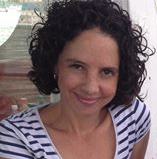
Claudia Gómez-Portugal M. (Mexico) is a Mexican activist promoter of the transition agenda and founder of the organization SAKBE Commons for Change(Spanish: Comunicación para el Cambio Social) and the Free Learning Communities for Life initiative. She is a strategist in communication for social change, effective participation, knowledge sharing and community revitalization.
- In Tepotzlán, this procedure is used especially for building houses. A group comes together that first builds one family’s house, then the next person’s, etc. The name takes up the indigenous tradition of tequio, which signifies the coordination and performance of work for the community
- Editors’ note: This is not a matter of course in Mexico. The cobbled streets of Tepotzlán, the narrow sidewalks, if they exist at all, are not suitable for bikes, trikes, or skates.
- Editors’ note: Educational reformer John Holt coined this term in the 1970s; he wrote books such as How Children Learn (1967) and The Underachieving School (1970), always seeking to take the students’ perspectives, which led him to the insight: “What goes on in class is not what teachers think.” (Quoted in Ian Lister (1974). “The Challenge of Deschooling.” in Ian Lister, editor, Deschooling. A Reader. London 1974. p. 2.) When he had come to view approaches to school reform as having failed, Holt decided to work directly with the families on “unschooling” children. There is a difference between “unschooling” (following Holt) and “deschooling” (following Illich). Unschooling is to be understood more as a concrete way of learning that is not regimented – apart from the presence of any physical school or educational process – while deschooling is a concept about changing society. Unschooling is a form of deschooling, but the reverse is not necessarily true.
- Esteva, Gustavo, “Reclaiming Our Freedom to Learn” YES! Magazine [USA] November 2007, available at https://www.yesmagazine.org/issues/liberate-your-space/reclaiming-our-freedom-to-learn.
- Illich, Ivan. 1978/2001. Tools for Conviviality. Marion Boyars, p. 15.
- Zaldívar, J.I. 2007. “La otra educación en territorio Zapatista.” No. 371, January 2007. Cuadernos de Pedagogía (Pädagogische Hefte); Spanien, p. 48.
- The Universidad de la Tierra was formally established in May 2001, but since 1996 has operated within the Centre for Intercultural Encounters and Dialogues.
- See Marianne Gronemeyer’s essay on conviviality.
- Esteva, Gustavo. 2001. “Más allá de la Educación”, Beitrag zum Seminar “Jugend und Bildung.” Monterrey. N.L., September 2001, p. 10.
- Holt, John. 1976. Instead of Education. Dutton.
- Esteva, Gustavo. 2001. “Más allá de la Educación”, Beitrag zum Seminar “Jugend und Bildung.” Monterrey. N.L., September 2001, p. 9.
- 1971/2003. Deschooling Society. Marion Boyars.
